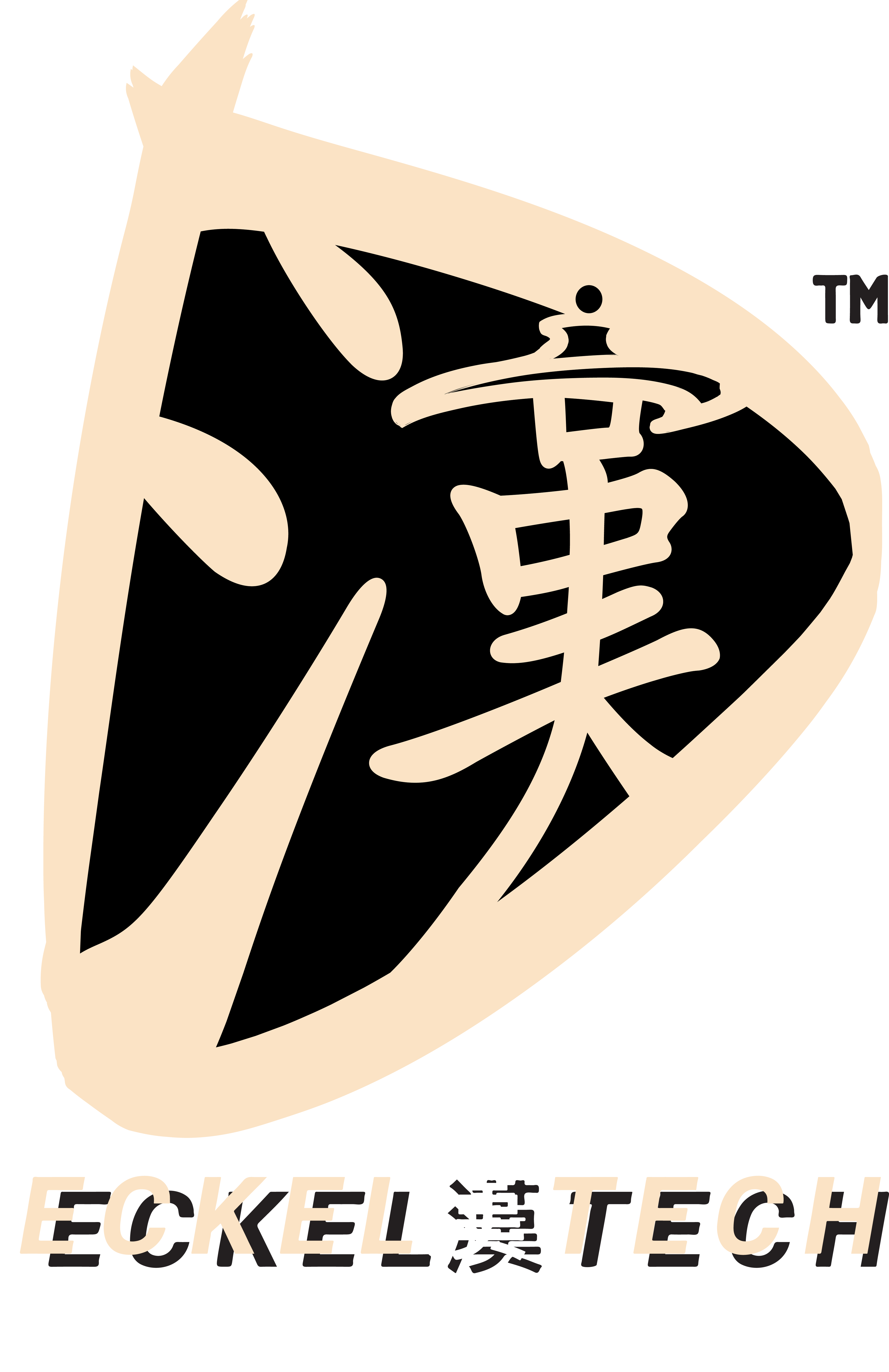A Rec League Memory, 2021
Based on a true story. One of many experiences from playing recreational league soccer in Seattle. To those that say racism is gone...
Based on a true story. One of many experiences from playing recreational league soccer in Seattle. To those that say racism is gone...

A Rec League Memory, draft 1
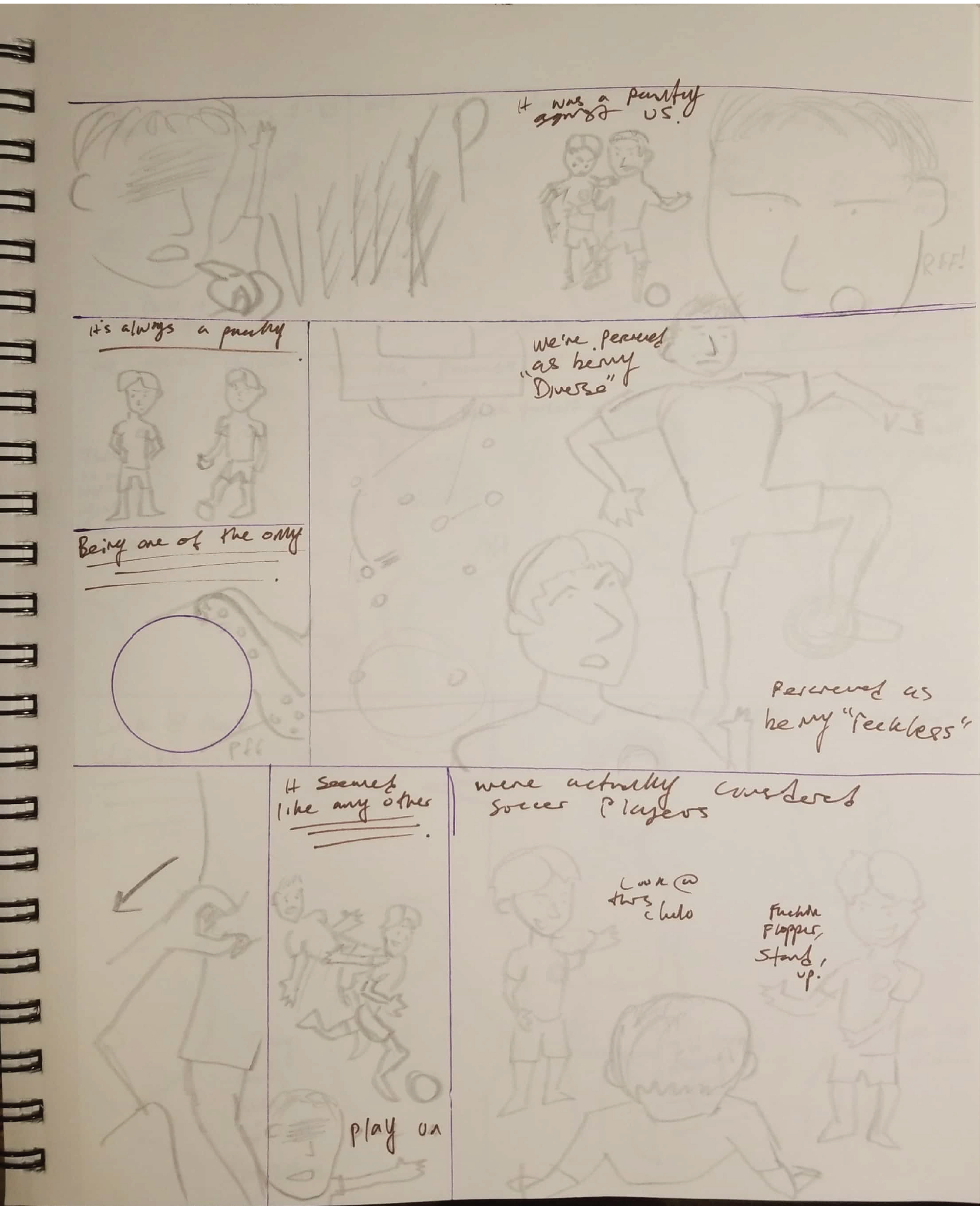
A Rec League Memory, draft 2
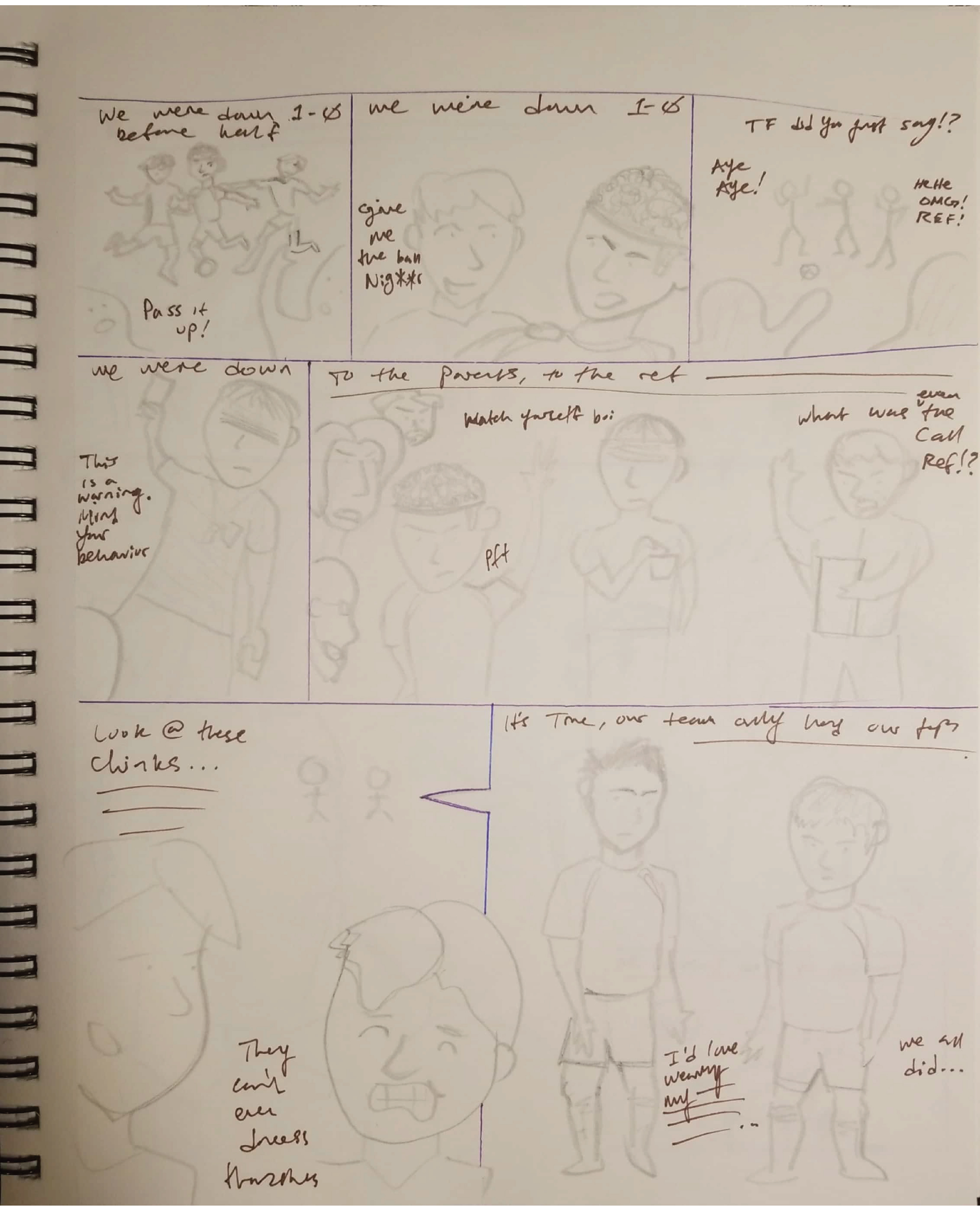
A Rec League Memory, draft 3

A Rec League Memory, draft 4

A Rec League Memory, draft 5
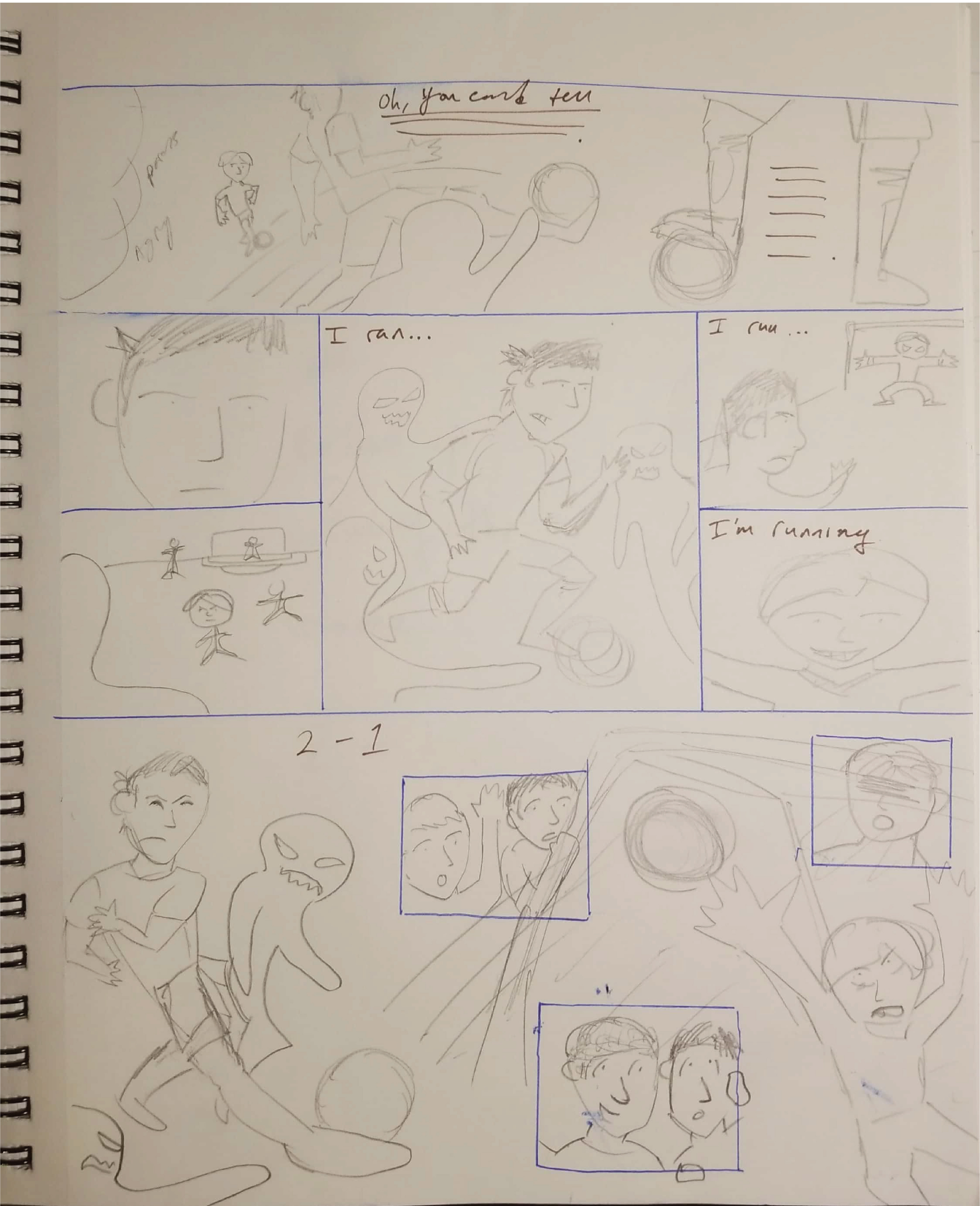
A Rec League Memory, draft 6
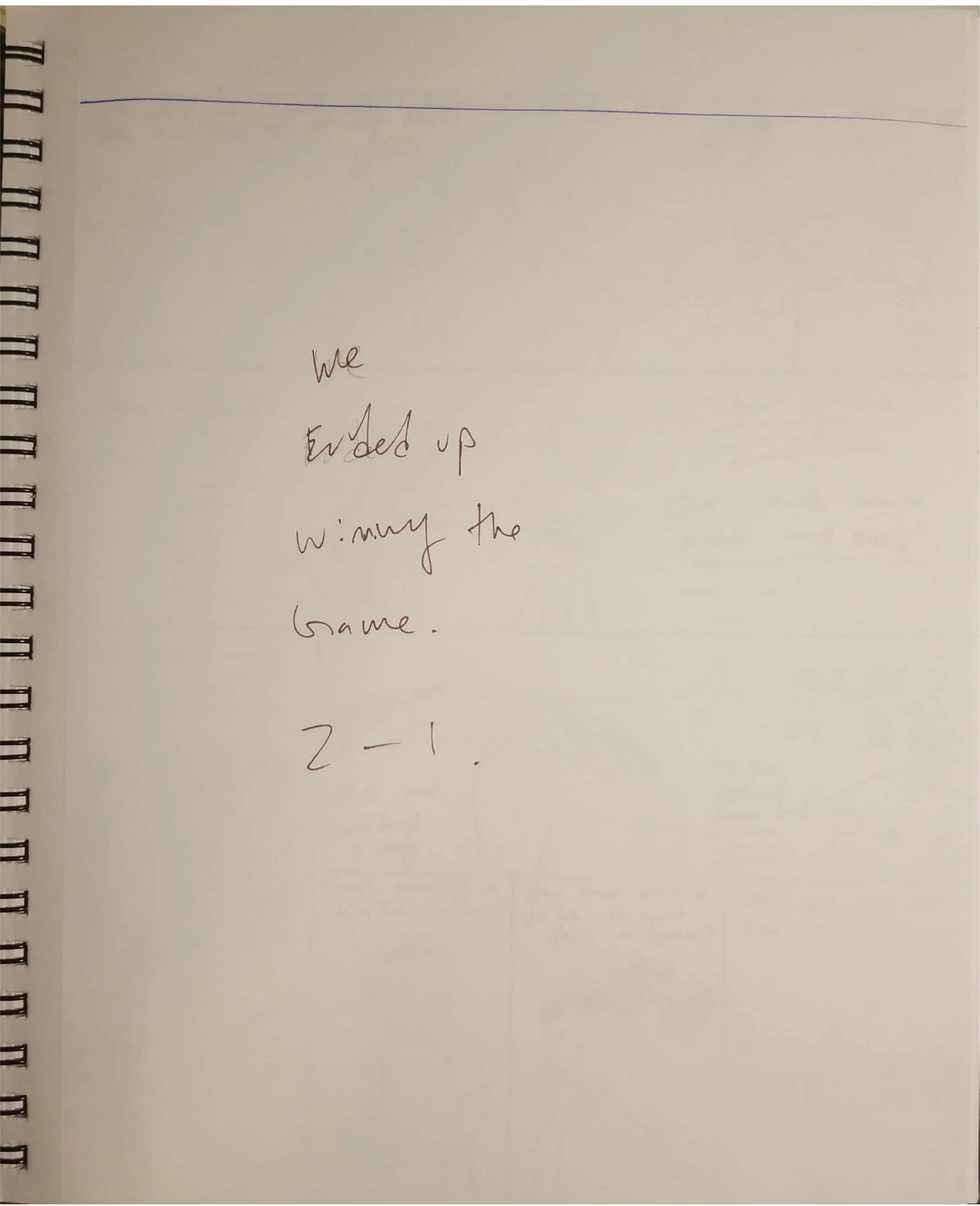
A Rec League Memory, draft 7
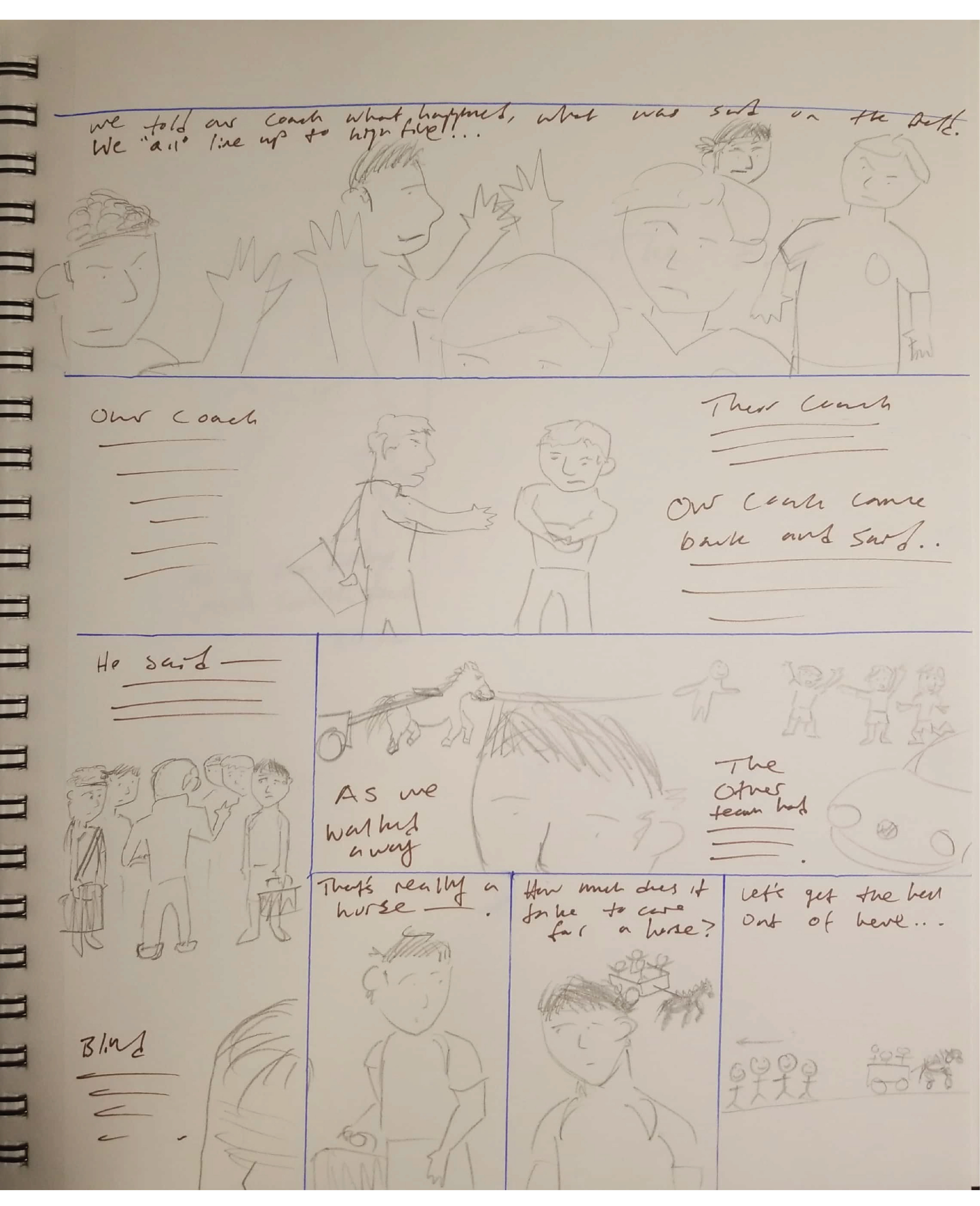
A Rec League Memory, draft 8
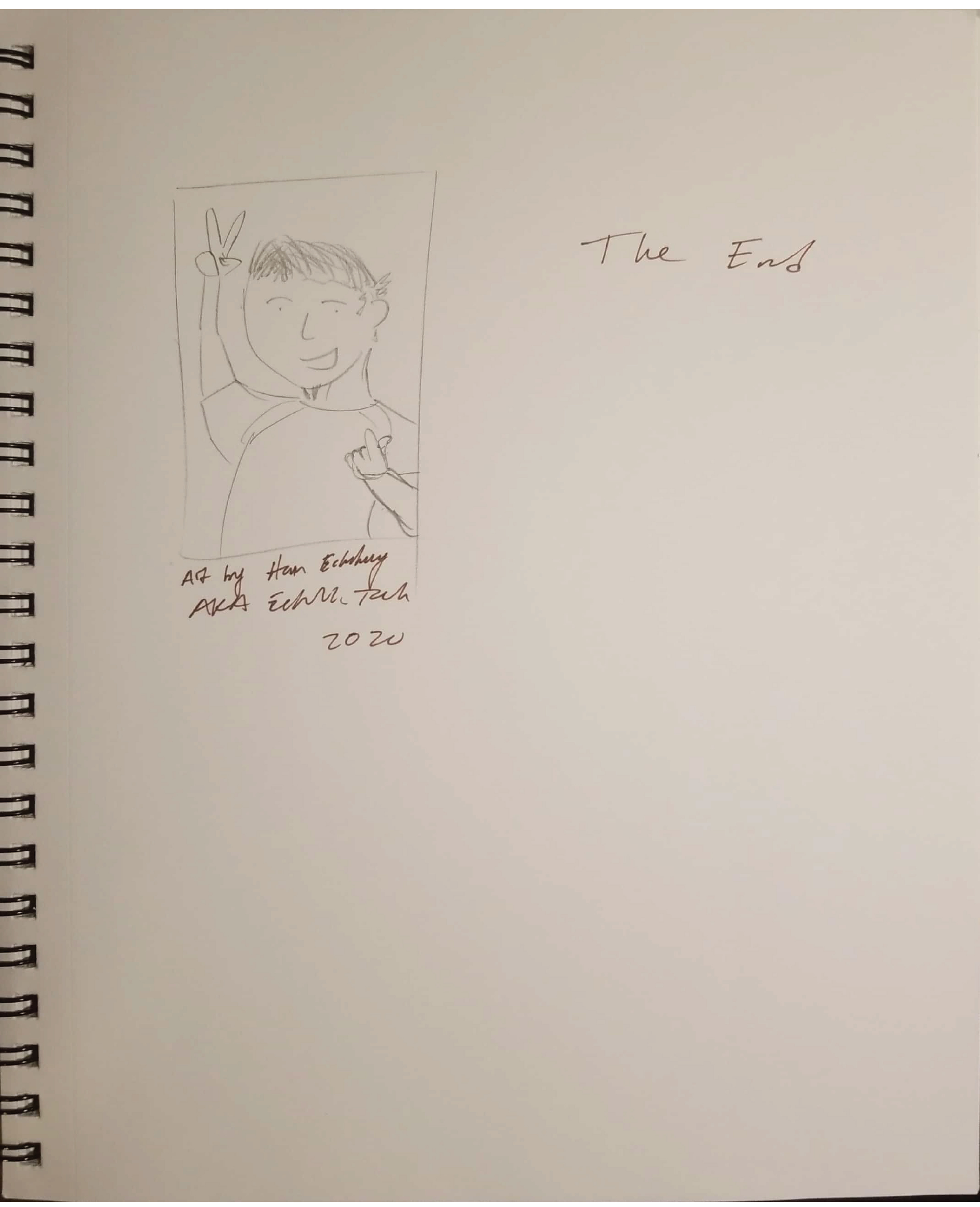
A Rec League Memory, draft 9
I was inspired by the analysis within "Still Falling Through the Cracks" by Pérez Huber, later contextualized in my XICANX 101 lecture on how “achievement gaps” within our educational system push “Latinas/os” out of school and away from future opportunities. Essentially demobilizing future generations through lack of staffing/underfunding, unawareness for undocumented students, and absence of ethnic studies classes, among many other issues. Falling through the cracks is by design, as the educational system is structured to prioritize white students over non-white students. It made me think about the impact of expensive resources needed to stay in school, academic rules and enforcement, and the power dynamics between teachers and students within a classroom. And how important it is to have Latinx, and really all Black Indigenous People of Color (BIPOC) staff and administrators within educational spaces. It also made me reflect upon other achievement gaps outside of education.
The factors and conditions within our homes, around our community, as well as access to social services nearby greatly impact a child’s, as well as an adult’s development in life; we are greatly influenced by our surroundings. Looking back at my childhood and the type of behavior I saw and experienced, what stood out to me were the mean and racist moments my friends and I had to deal with playing sports all around the Greater-Seattle area.
Dr. Martín Alberto Gonzalez, in his XICANX 101 “Civil Rights & Xicanx Activism” lecture, states “both cities and schools (and sports) are created/designed by humans,” which are politically motivated and are very intentional. So, like the education system, the Seattle Youth Soccer Association (SYSA), the community centers and their resources, are designed by humans (white people). These social and cultural constructions, the stockpiling of financial resources, and investment in white communities displayed itself upon the soccer field: there is a separation of athletes by color within Seattle. North End Seattle neighborhoods have the richest and most abundant sources of coaching, clothing, and fields (most games are played in the North, as regulated by SYSA, another form of mobility discrimination where South Seattle teams must accommodate privileged North End teams). Whereas our South End/Beacon Hill teams, having less financial capital, were the most neglected by the recreational league administration and were given torn up donated balls and ripped cones. These factors then justify and feed into how we are mistreated on the soccer field by the referees and opposing teams.
Within Seattle rec league sports, there is a preconceived notion that white athletes actually “play” the “elegant” game, versus Black and Brown athletes being only rough and chaotic, cheaters and thugs. Referees, and the training to become a soccer ref/sideline judge are systemically influenced by racism and Anti-Blackness. As Dr. Gonzalez said in the “Afro-Mexicans, Black Lives Matter and Anti-Blackness” lecture, unconscious or conscious bias in officiating games is part of this “cycle of socialization,” where the game of soccer protects white people, but reinforces strict officiating and reckless enforcement of rules against Black teams and players.
This also connects with Dr. Aja Martinez “blaming the victim” practices, where Black and Brown individuals are seen to have biological and cultural shortcomings due to their ethnicity. It is a belief in “poverty influences behavior,” which is then reinforced by white prejudicial media and social interactions/policies. The over-valuing of white bodies becomes evident in what the referee can or cannot see. Sadly, this officiating also applies to all BIPOC on and off the field, and throughout history.
Relating to the comic frame from lecture, “School Begins,” by Keppler & Schwarzmann, BIPOC in America share similar narratives of oppression; white supremacy demanding and perpetuating submissiveness. In the recreational league, when we speak up for ourselves and our culture against targeted fouls and name calling, it only earns us more trouble since the athletic system wants to maintain our silence and subordination. Back then I wondered, how do kids become mean or racist? No one is born innately racist, so how does racism continue to spread? I now see and know it is all fueled by our environment. Within institutions and around our cultural support/protection/affirmation, where the next generation learns from our conscious and unconscious outlooks in life. For me, I distinctly remember a moment in 2011 at my recreational league soccer game, where this racism manifested itself.

Front Cover
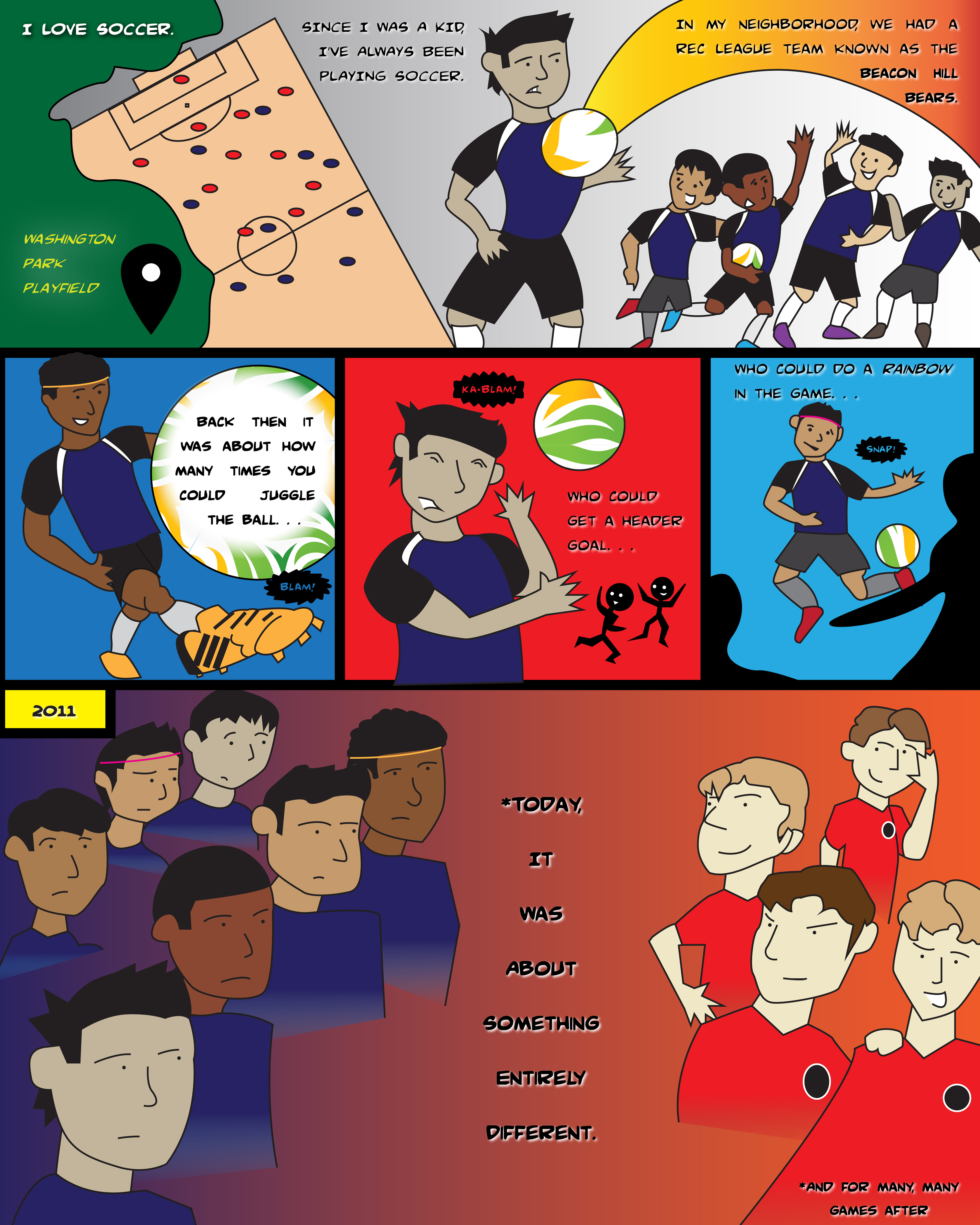
Page 1 - A Rec League Memory, 2020
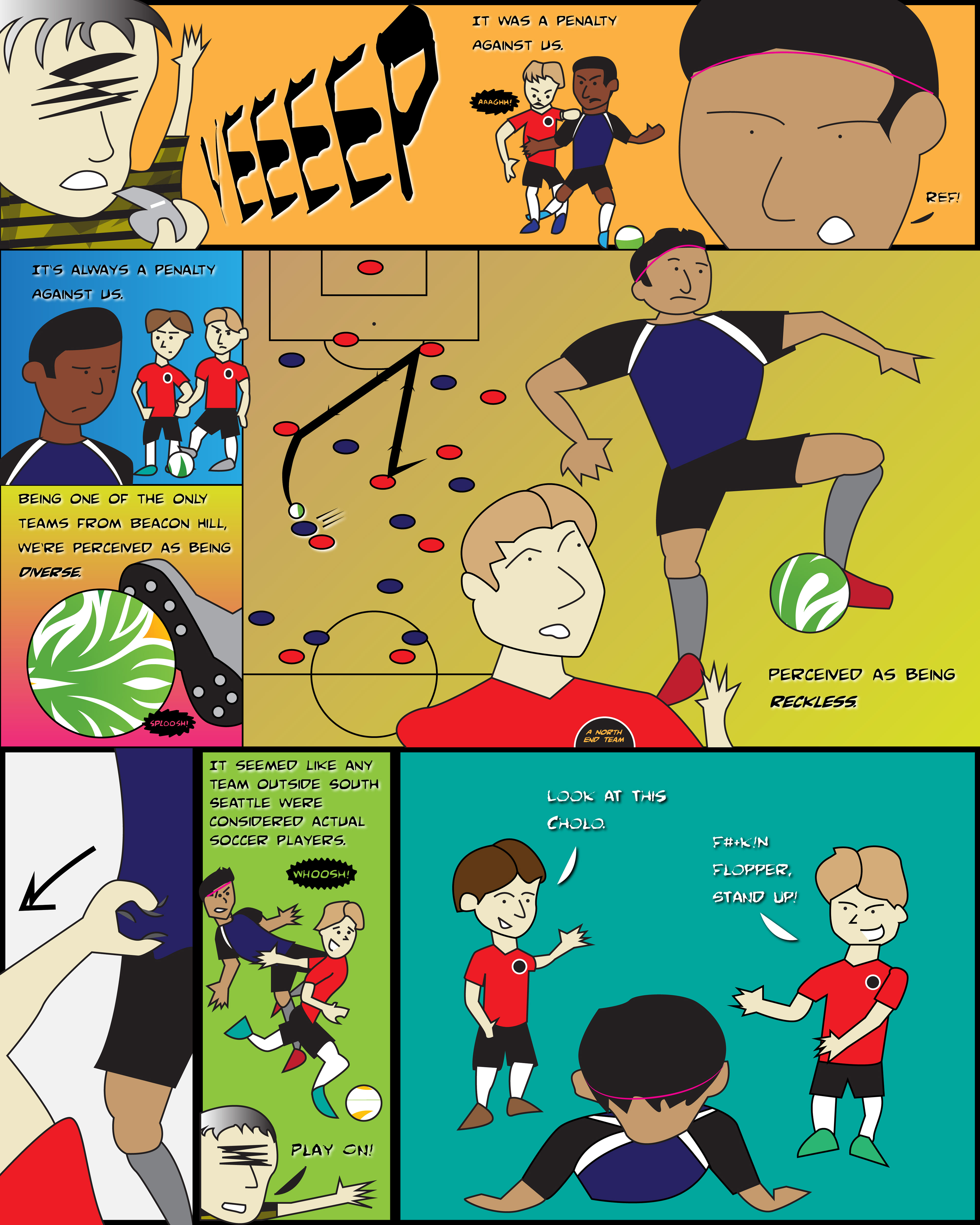
Page 2 - A Rec League Memory, 2020

Page 3 - A Rec League Memory, 2020

Page 4 - A Rec League Memory, 2020
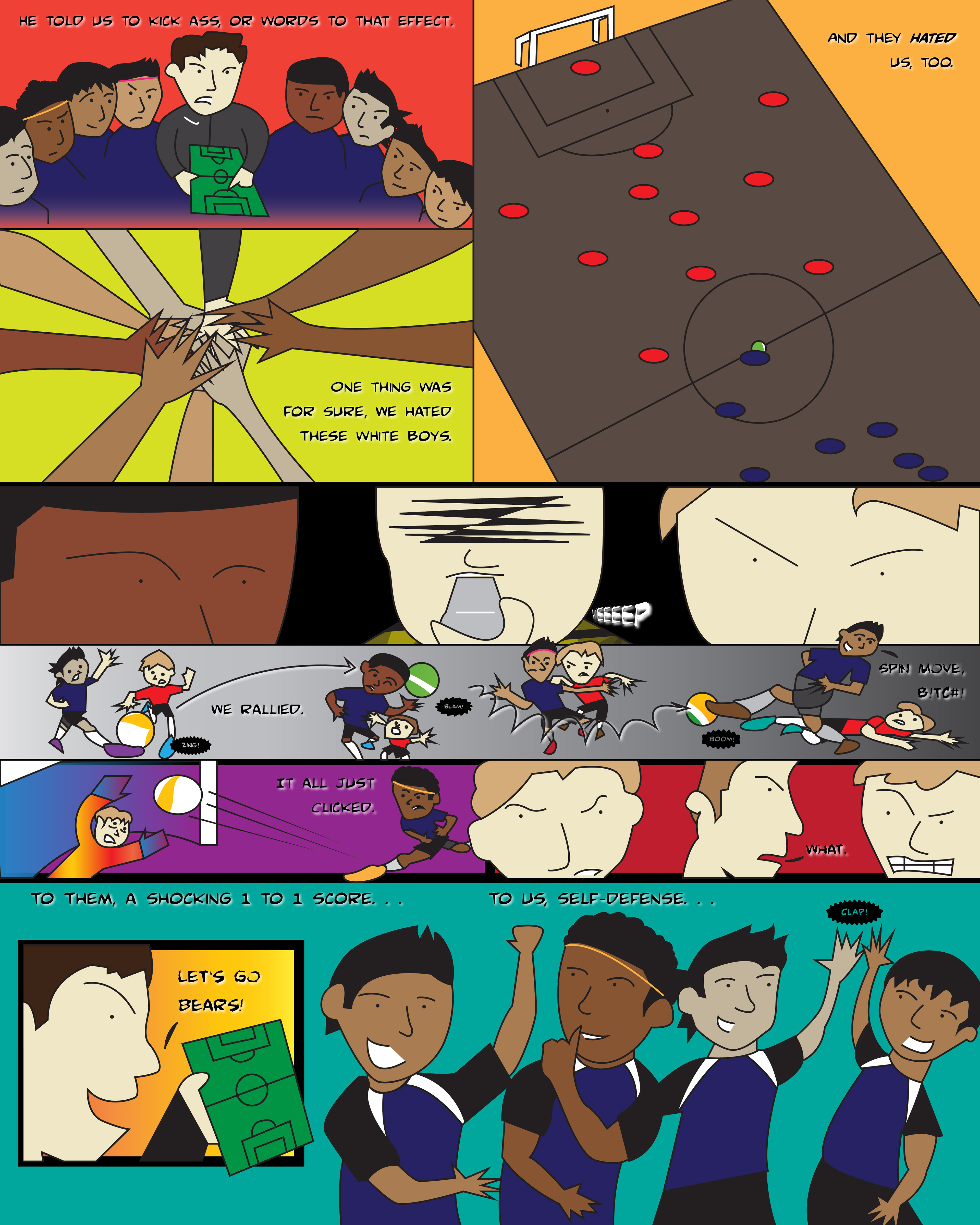
Page 5 - A Rec League Memory, 2020
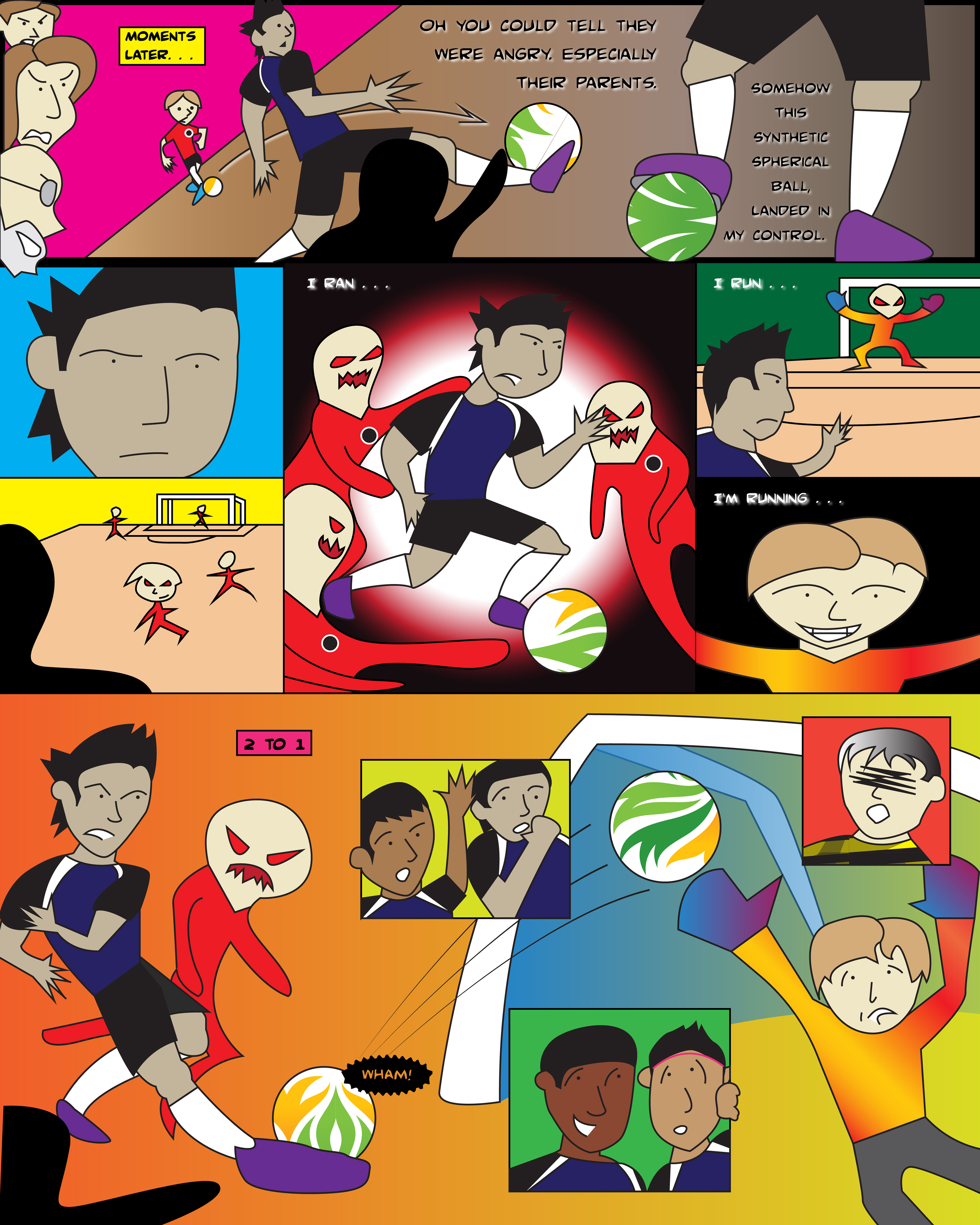
Page 6 - A Rec League Memory, 2020
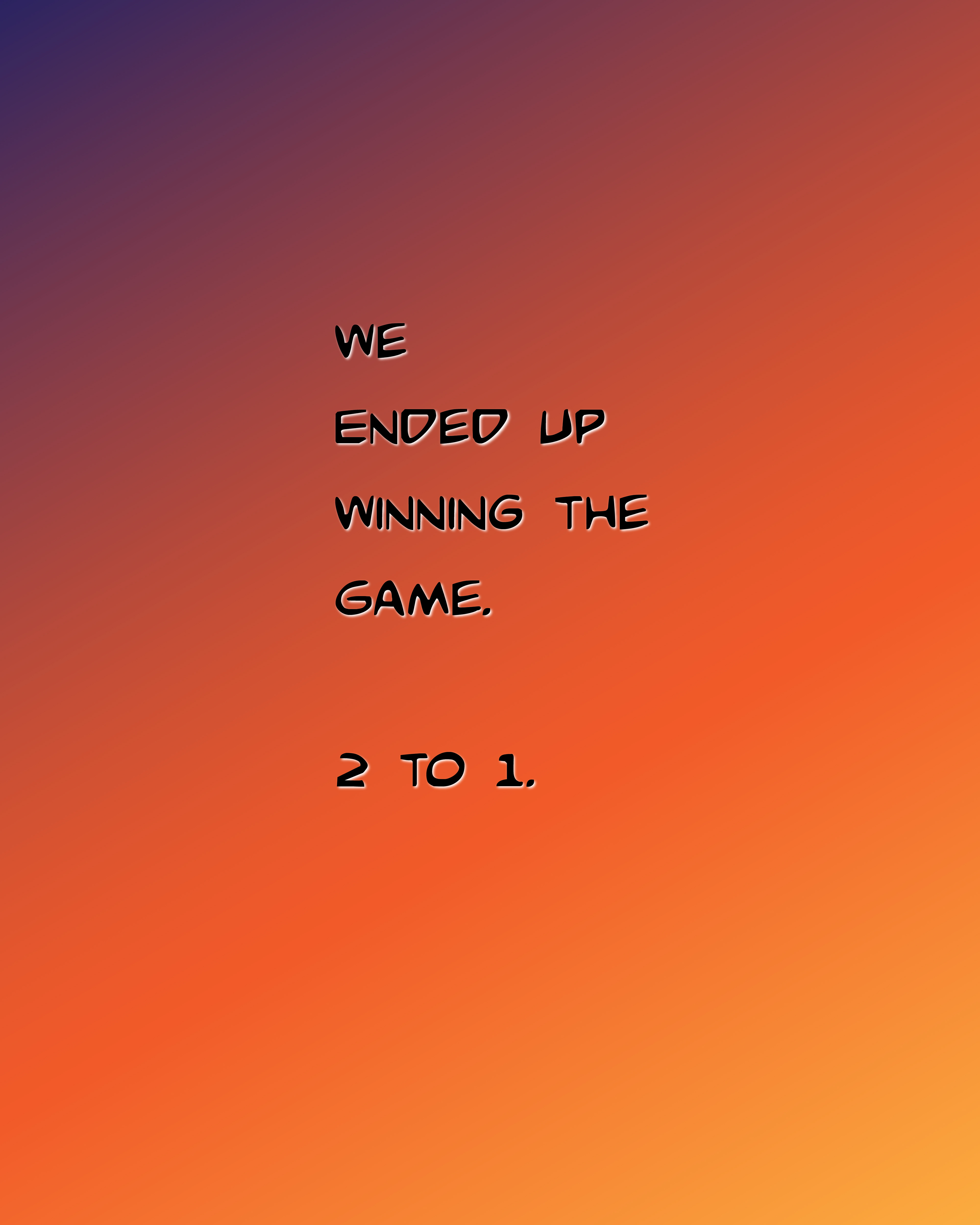
Page 7 - A Rec League Memory, 2020
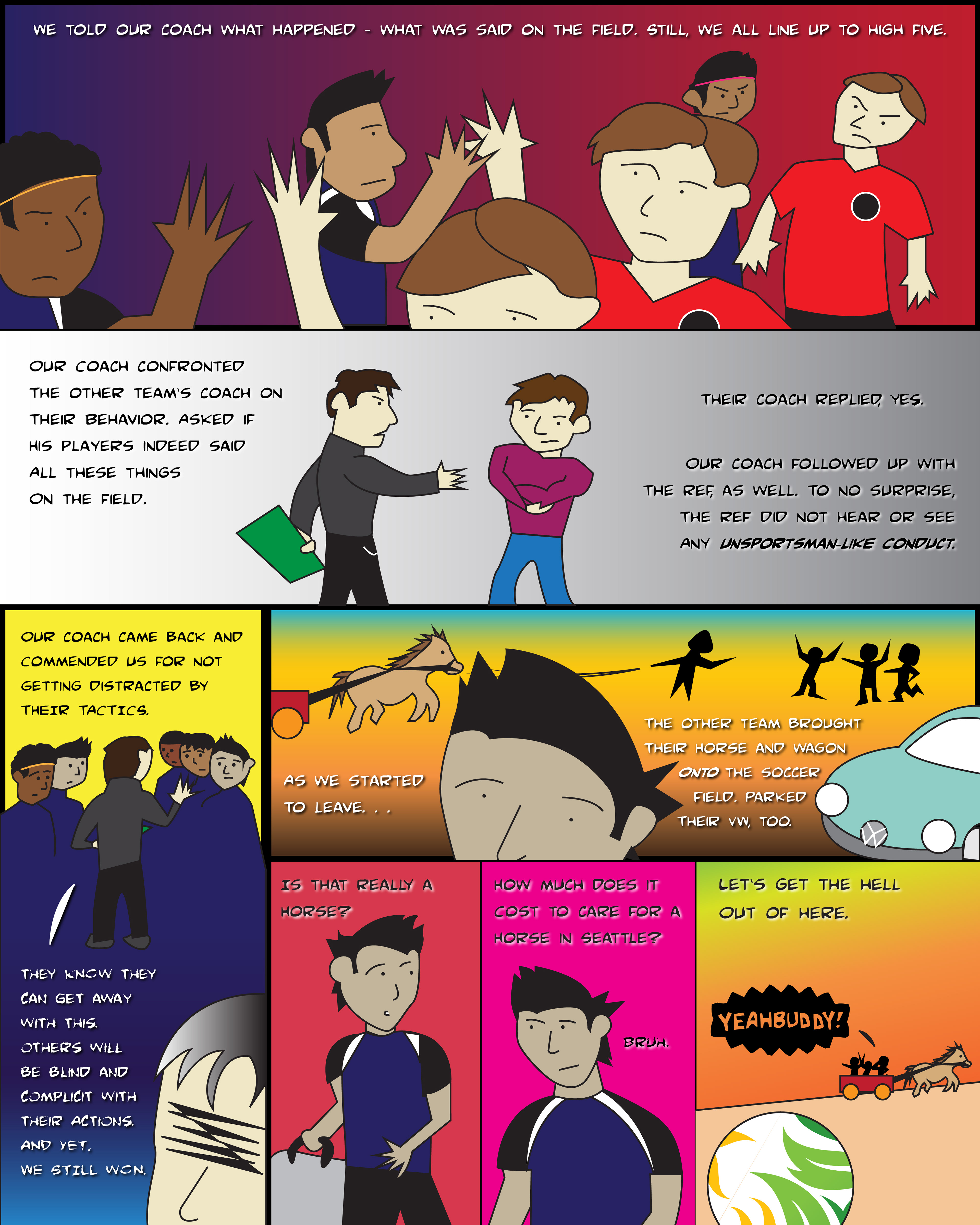
Page 8 - A Rec League Memory, 2020
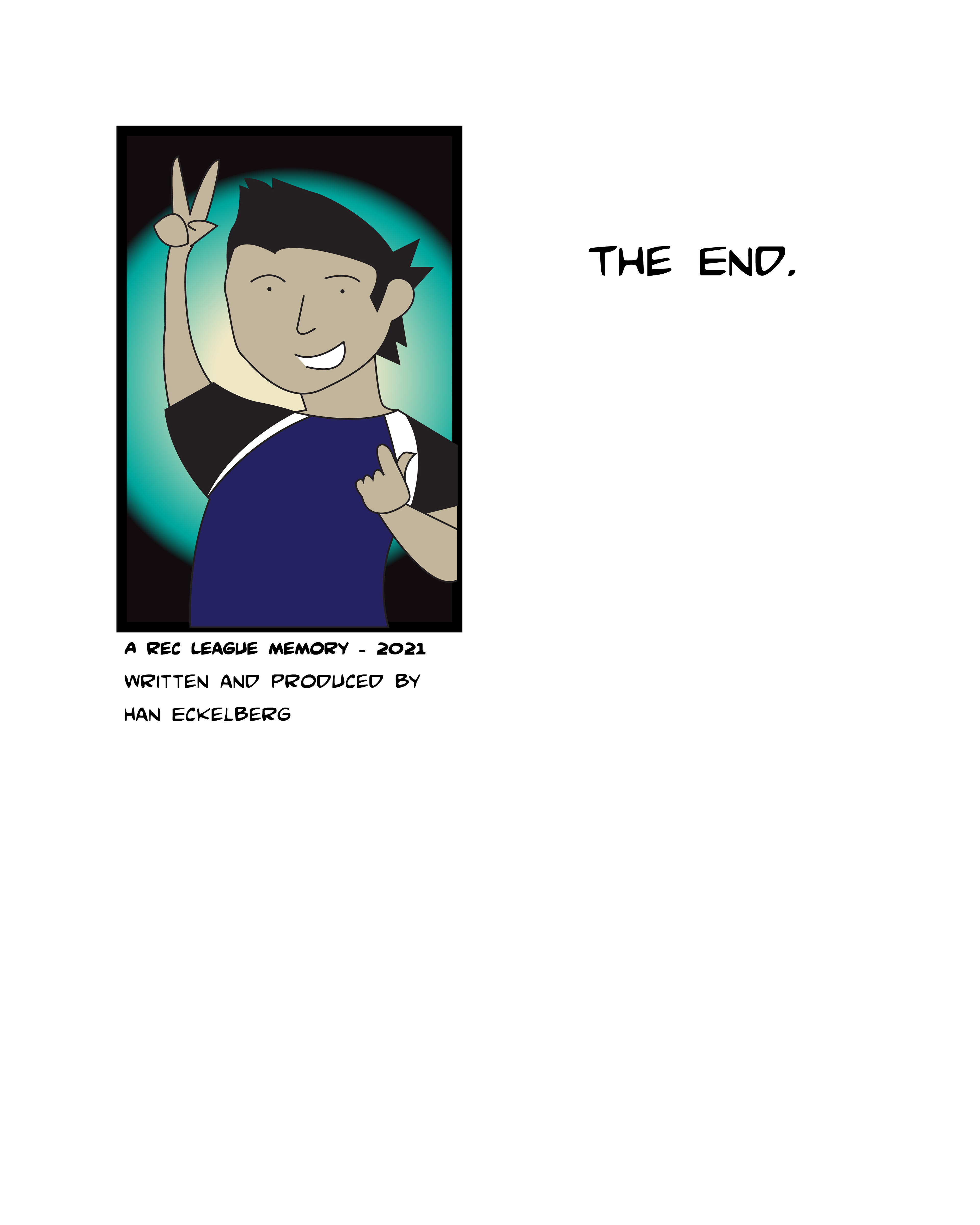
Page 9 - A Rec League Memory, 2020

Back Cover
A Rec League Memory is a story about a small triumphant victory against on field adversity. All the details and depictions are very intentional throughout the comic. The referee does not have any eyes. Instead of officiating equally and fairly, the referee already sees what they want to believe, bringing in a bias and a “self-fulfilling prophecy” that only the Beacon Hill Bears (the South End team) can cause trouble. The variations in skin tone, equipment, as well as the background colors are all to drive home the point of how differences are important and beautiful, no Colorblindness here. I wanted to treat the circular badge adorned by the “NORTH END” team as a symbol of aligning with white supremacy; the opposing teams’ parents have passed on their beliefs and power onto their kids, and the badge is a signifier of their privilege. Most importantly, I wanted to show a small glimpse of what happens when the intense game is done. Did we, the Beacon Hill Bears, really win? We walk away remembering their words and actions towards us. And they walk into the next moment, unphased.

